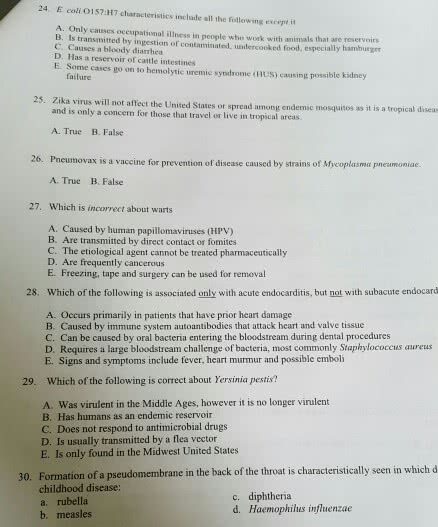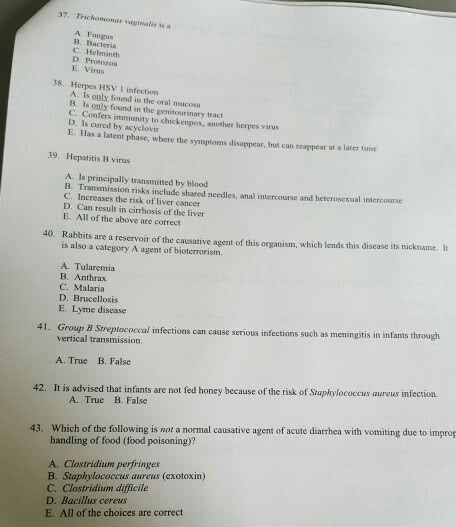marcusnicole284
1 Follower
0 Following
0 Helped
marcusnicole284Lv10
19 Jul 2023
Answer: A
marcusnicole284Lv10
19 Jul 2023
Answer: A
marcusnicole284Lv10
19 Jul 2023
Answer: A
marcusnicole284Lv10
19 Jul 2023
Answer: Iii
marcusnicole284Lv10
7 Jul 2023
Answer: A
marcusnicole284Lv10
7 Jul 2023
Answer: Opt. 3
marcusnicole284Lv10
7 Jul 2023
Answer: B
marcusnicole284Lv10
7 Jul 2023
Answer: B
marcusnicole284Lv10
7 Jul 2023
Answer: B
marcusnicole284Lv10
7 Jul 2023
Answer: A
marcusnicole284Lv10
7 Jul 2023
Answer: B
marcusnicole284Lv10
7 Jul 2023
Answer: A
marcusnicole284Lv10
7 Jul 2023
Answer: A
marcusnicole284Lv10
7 Jul 2023
Answer: A
marcusnicole284Lv10
7 Jul 2023
Answer: 2. B
marcusnicole284Lv10
7 Jul 2023
Answer: Opt. 2
marcusnicole284Lv10
7 Jul 2023
Answer: Opt. 1
marcusnicole284Lv10
7 Jul 2023
Answer: Opt. 2
marcusnicole284Lv10
7 Jul 2023
Answer: A
marcusnicole284Lv10
7 Jul 2023
Answer: A
marcusnicole284Lv10
7 Jul 2023
Answer: Opt. 3
marcusnicole284Lv10
7 Jul 2023
Answer: B
marcusnicole284Lv10
7 Jul 2023
Answer: A
marcusnicole284Lv10
7 Jul 2023
Answer: A
marcusnicole284Lv10
7 Jul 2023
Answer: B
marcusnicole284Lv10
7 Jul 2023
Answer: B
marcusnicole284Lv10
7 Jul 2023
Answer: A
marcusnicole284Lv10
7 Jul 2023
Answer: B
marcusnicole284Lv10
7 Jul 2023
Answer: F
marcusnicole284Lv10
7 Jul 2023
Answer: F
marcusnicole284Lv10
7 Jul 2023
Answer: Opt. 4
marcusnicole284Lv10
7 Jul 2023
Answer: F
marcusnicole284Lv10
7 Jul 2023
Answer: Opt. 3487
marcusnicole284Lv10
7 Jul 2023
Answer: D
marcusnicole284Lv10
7 Jul 2023
Answer: F
marcusnicole284Lv10
7 Jul 2023
Answer: C
marcusnicole284Lv10
7 Jul 2023
Answer: A
marcusnicole284Lv10
7 Jul 2023
Answer: A
marcusnicole284Lv10
7 Jul 2023
Answer: B
marcusnicole284Lv10
7 Jul 2023
Answer: F


